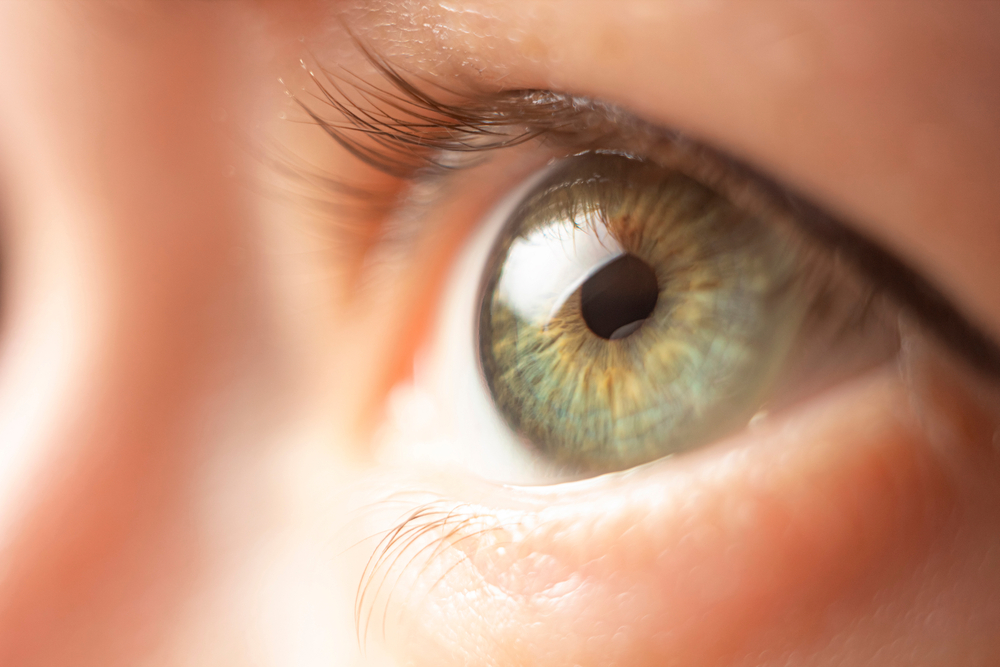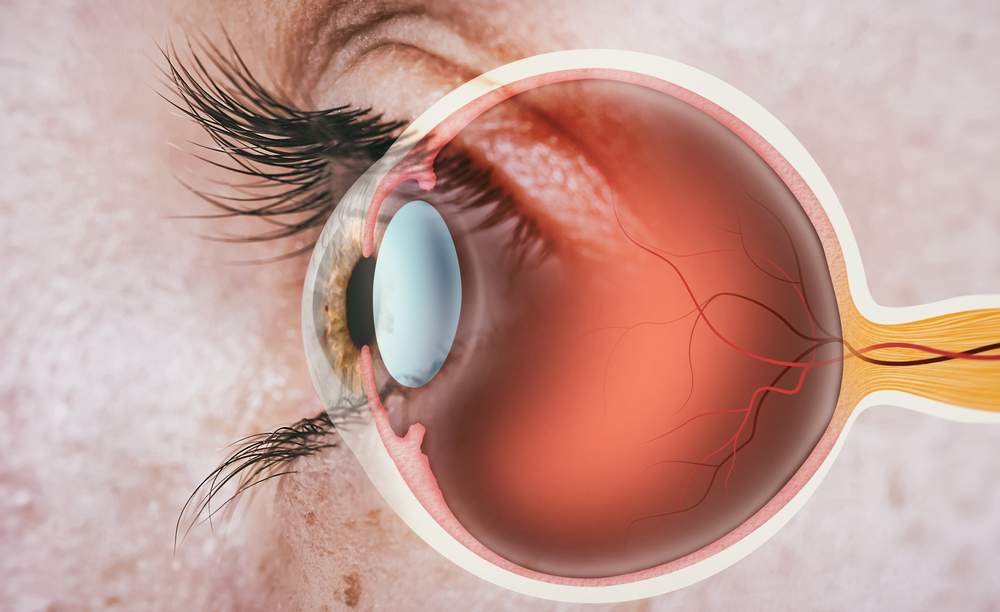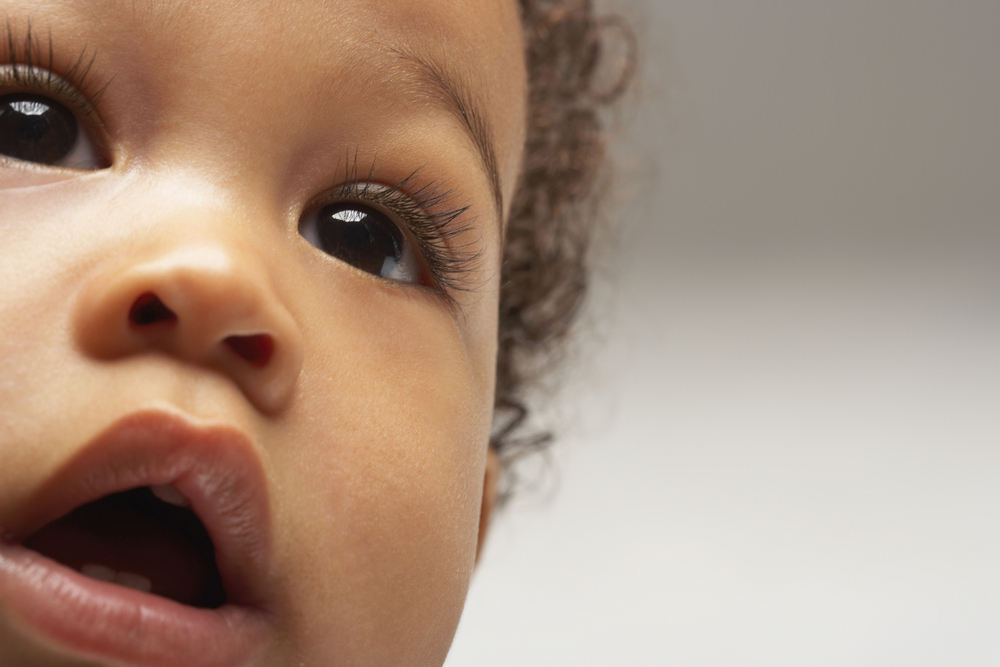Four legally blind toddlers saw for the first time after an experimental gene therapy treatment. They were all born with a rare genetic condition that rapidly deteriorates their vision. Before the innovative treatment, they were only able to differentiate between darkness and light. Afterward, their parents reported great improvements, with some kids even beginning to write and draw. One participant was Jace, from Connecticut in the United States, and his life was forever changed after regaining sight in one eye.
A New Treatment for Early Childhood Blindness
:max_bytes(150000):strip_icc():focal(749x0:751x2):format(webp)/jace-eye-gene-therapy3-22125-21b4ae0f8cf44e3885524068d116a977.jpg)
Gene therapy for genetic blindness became available in the UK in 2020. This new version of the treatment involves injecting healthy copies of a defective gene into the back of the patient’s eye. This was developed to treat a type of Leber Congenital Amaurosis, a rare and severe genetic condition that causes blindness in a child’s early life. Jace was two years old when he underwent the procedure at Moorfields Eye Hospital in London, UK. But his parents noticed there was something wrong with his sight when he was about eight weeks old and didn’t start looking and smiling at them
“A Way to Move Forward”
:max_bytes(150000):strip_icc():focal(749x0:751x2):format(webp)/jace-eye-gene-therapy-22125-b21dc852a5fb4ef6aaf2842f9134f405.jpg)
After 10 months of medical appointments and clinical tests, doctors diagnosed Jace with retinal dystrophy caused by genetic deficiency of AIPL1, an aggressive form of Leber Congenital Amaurosis with no established treatment. “It was a shock,” Jace’s dad Brendan says to BBC. “You never think it’s going to happen to you, of course, but there was a lot of comfort and relief to finally find out… because it gave us a way to move forward.”
Read More: Elementary School-Aged Boy Goes Permanently Blind After Years of Poor Diet
The Gene Therapy Treatment
:max_bytes(150000):strip_icc():focal(749x0:751x2):format(webp)/jace-eye-gene-therapy2-22125-018002f421694e37a1b990f03baad663.jpg)
However, the family attended a charity conference for these types of eye conditions and heard about an experimental trial taking place in the UK. Jace became one of the four participants. His mother, DJ, described the surgery as quick and “pretty easy”. Afterward, he had four minuscule scars on his eye, marking where healthy copies of the gene had been injected into the retinas. These copies included a harmless virus that works through retinal cells and takes the place of the defective genes. Then the healthy genes begin a process to improve the function of the cells at the back of the eye.
Life After the Gene Therapy

Around one month after the gene therapy, Brendan saw his son squint for the first time when he saw sunshine through the windows of their home. He calls Jace’s progress “pretty amazing” compared to his previous vision. “Pre-surgery, we could have held up an object near his face and he wouldn’t be able to track it at all. Now he’s picking things off the floor, he’s hauling out toys, doing things driven by his sight that he wouldn’t have done before.” Although Jace may need further treatment in life, his parents see immense improvement in how the now-six-year-old interacts with the world. “It’s really hard to undersell the impact of having a little bit of vision,” Brendan says.
“Nothing short of spectacular”

In a statement from the hospital, DJ said, “After the operation, Jace was immediately spinning, dancing and making the nurses laugh. He started to respond to the TV and phone within a few weeks of surgery and, within six months, could recognise and name his favourite cars from several metres away; it took his brain time, though, to process what he could now see…” Brendan added they are grateful for the opportunity and called it “a phenomenally positive experience, and the results are nothing short of spectacular.”
The Trial

The four children in the trial came from the United States, Turkey and Tunisia, and they all had a severe form of Leber Congenital Amaurosis, meaning the cells in the back of their eyes would malfunction and die out. Because of the experimental nature of the treatment, the procedure was only done on one of each of the child’s eyes. They were between the ages of one and three at the time of the gene therapy, and the doctors tested their vision in intervals over the following four years. These trials involved challenges like identifying doors and going down hallways. Some of the younger children struggled to complete the more formal eye tests.
The Future of Gene Therapy

According to the doctors involved, the test results as well as reports from the parents gave “compelling evidence” that all four children benefited from the treatment and have better vision than one would anticipate with that disease. Meanwhile, their untreated eye’s sight deteriorated, per the expected course. “The outcomes for these children are hugely impressive and show the power of gene therapy to change lives,” said consultant eye surgeon, Professor Michel Michaelides, at the UCL Institute of Ophthalmology.
Read More: ‘I am losing my little girl to dementia’

